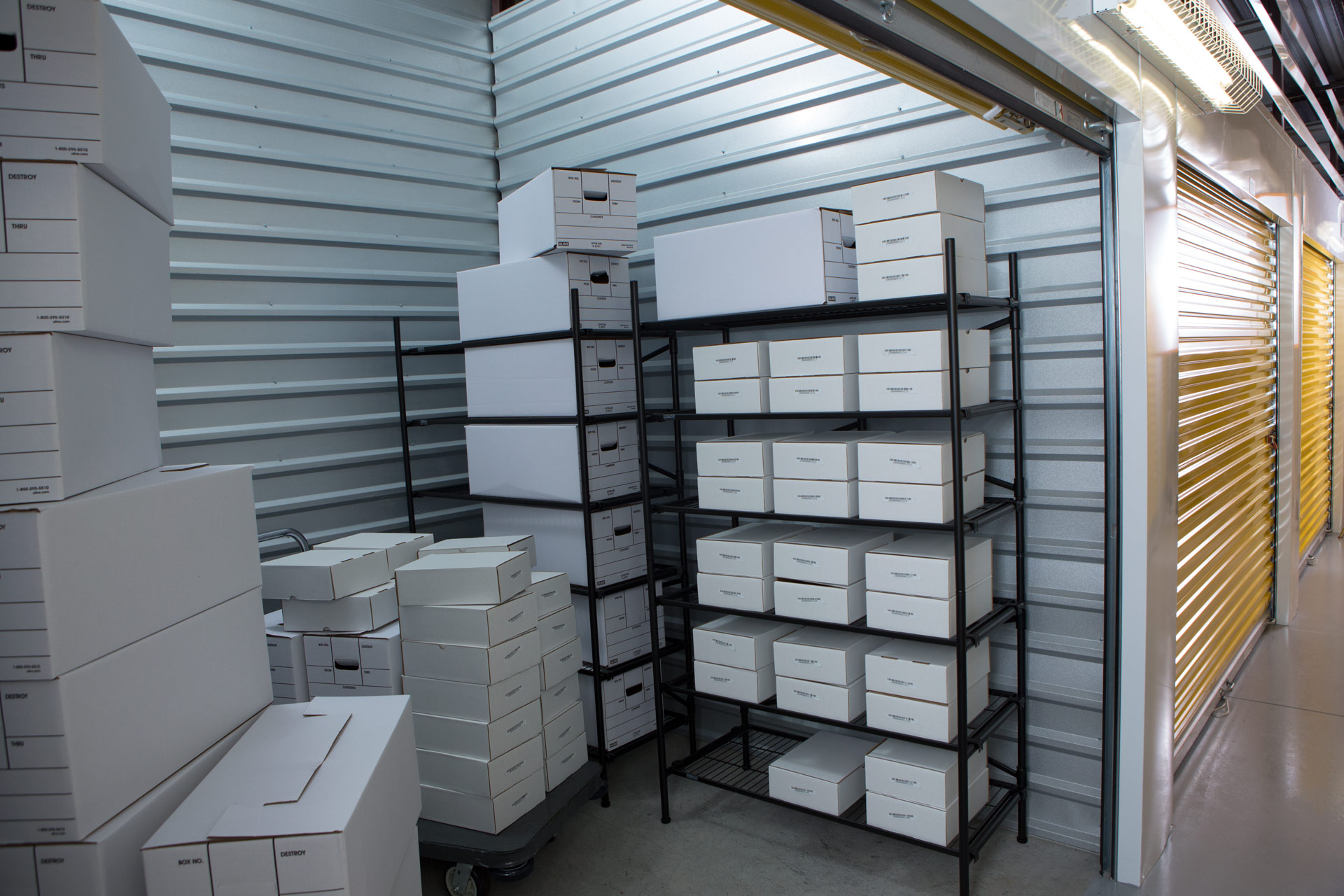
The number one rule of inventory management is to tailor it to your business type.
Manage inventory for small business software#
Inventory tracking software may come with default categories installed, but it’s up to you to make sure they best fit your business type. Other categories of inventory might also be helpful, such as packing materials inventory for a business that ships most of their products, or a maintenance, repair, and operating (MRO) inventory for a business that has a production line. A restaurant may need to pay diligent attention to their raw materials inventory since they are perishable, but don’t need categories for work in process inventory or finished goods.

Keep in mind that these categories can vary greatly depending on the type of business – for example, a flower shop that arranges bouquets to order has a very quick processing time, and may not need the work in process category of inventory. Many storefront retailers who buy wholesale goods to sell to walk-in customers only have this category of inventory. Finished Goods Inventory includes all inventory your business is ready to sell to customers.For example, wine aging in barrels would be part of the winery’s work in process inventory. Work In Process Inventory includes inventory in the production process, but not yet ready to be sold.Note that this differs from equipment, but may include materials indirectly used to make products such as glue or finishing products. Raw Materials include any raw materials needed to make the finished product for example, a potter might include clay in their raw materials inventory.

Generally, businesses involved in the manufacturing process will have all three: Whether or not your business has all three types will depend on what type of business you have and what goods you sell. Inventory can be classified in a lot of different ways, but usually falls under one of three main types: raw materials, work in progress, and finished goods. Inventory, as you’ll see below, includes stock but can include raw materials and goods involved in making the products, particularly in manufacturing businesses.Stock refers to all goods which are ready to sell to the customer.Since they’re often used interchangeably, a quick point about inventory and stock – they’re not the same thing! What is the Difference between Inventory and Stock? However, if a business includes some manufacturing as well, inventory can include the raw materials to make those goods – so, for example, a person who sells handmade furniture would also include the raw materials such as wood, the unfinished furniture, and the furniture that’s ready for sale.

When most people think of inventory, often the first thing that comes to mind is stock – goods which are ready to sell to the customer. Inventory management depends on what you’re selling and how you’re selling it! (© ) What is Inventory? Here are a few key things to consider when you’re managing inventory. When you’re just starting out, you may develop a certain feel for this, but as your business grows, it’s essential that your inventory management techniques evolve with it. It’s a delicate balance accumulating too much inventory can lead to cash flow problems, but not having enough inventory might cause you to lose out on sales! Good inventory management is about forecasting demand accurately, so you don’t put your sales or cash flow in jeopardy. If you’re a small business that sells a product to customers, you probably know that managing inventory is an art form.


 0 kommentar(er)
0 kommentar(er)
